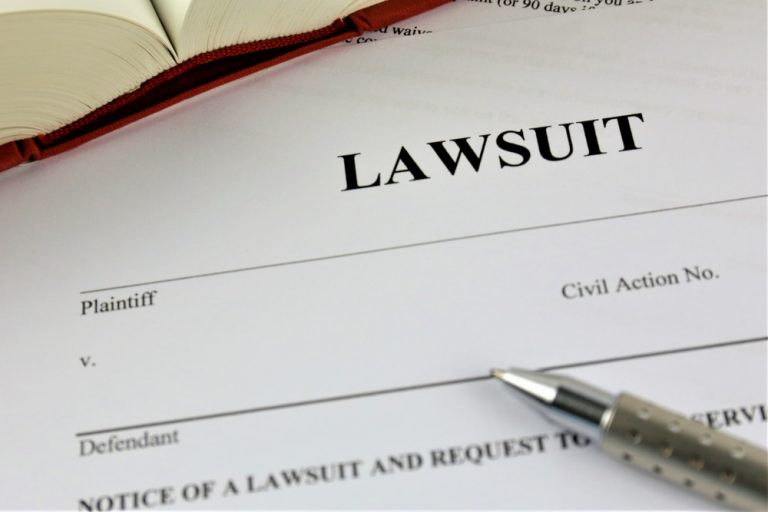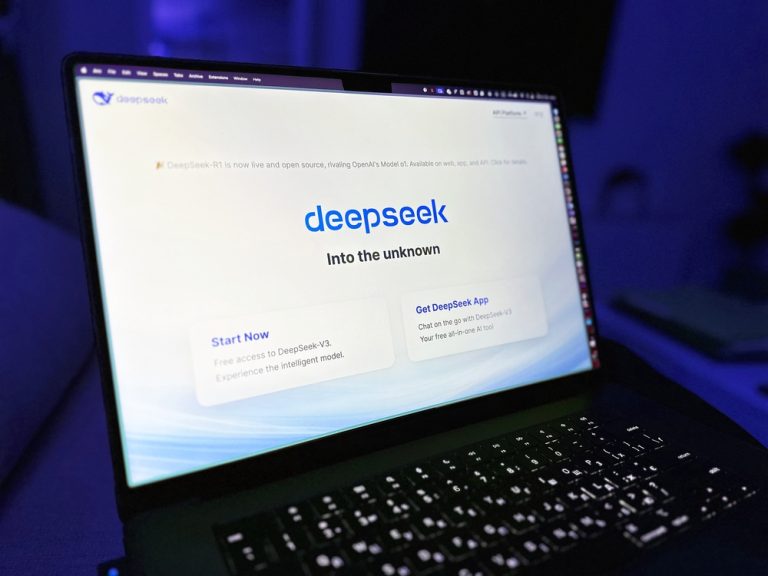Adapting to Change: New Rules of Civil Procedure Require New Considerations for Construction Attorneys
Adapting to Change: New Rules of Civil Procedure Require New Considerations for Construction Attorneys
On Jan. 1, 2025, the Florida Rules of Civil Procedure changed dramatically. The new rules and amendments are designed to enhance efficiency and impact the setting of cases for trial, case management, discovery practice, summary judgment, and more. Broadly speaking, the new rules attempt to model the Federal Rules of Civil Procedure.
Understanding the new rules and their impact is vital to anyone who litigates in Florida’s state courts. This is particularly true for some construction lawyers who do not practice regularly in federal court.
Initial Disclosures
The new rules require these disclosures within 60 days from the service of a complaint or joinder. The disclosures must detail the evidence supporting the claims or defenses, the witnesses, damage calculations, and, for defendants, insurance information. For plaintiffs in a multi-defendant case with numerous alleged defects, this could present challenges requiring the frontloading of exhibits and witnesses supporting the claims. The same holds true for defendants: Certain defendants such as general contractors will face additional challenges, particularly since they must defend against a wide array of claims on multiple areas within the same project. Because subcontractors are frequently brought in after the initial pleadings stage, this raises issues regarding disclosures as to those entities, conceivably requiring the general contractors counsel to make separate sets of initial disclosures for each additional subcontractor.
Damage calculations are another area that will require adjustment. Federal courts require specific detail in damage disclosures; it is generally insufficient to say, simply, “To be provided.” While perhaps adding more work at the front end, this could help parties streamline discovery and focus on resolving cases earlier in the process.
Further, insurance disclosures will be particularly challenging. The web of overlapping insurance coverage in construction litigation creates a jumble of disclosure obligations. As such, carriers should consider evaluating insurance coverage and issuing tenders while Chapter 558 notices are pending, rather than waiting until lawsuits are filed.
Case Management
Courts must set trial dates and expect the parties to adhere to CMOs. An issue with large construction matters is that cases generally do not move in groups at once. This is because counsel, and the court system, must often intensely focus on one case at a time, setting aside blocks of time for depositions just to complete initial discovery. Then, expert disclosure and discovery follow. Keeping up with these events in multiple cases, while keeping on track for trial, will be challenging. Under the new rules, continuances will be more difficult to come by, but if lawyers demonstrate diligence, they can make whatever arguments for extensions they need to make in good faith.
Indeed, the reality of phased construction in multi-building projects means developers, general contractors, and subcontractors may face lawsuits while still completing portions of the project. This is not in compliance with Chapter 558 and could delay litigation, case management generally, and discovery if not followed. This highlights the importance of courts strictly enforcing Chapter 558’s turnover and certificate of occupancy requirements before allowing litigation to proceed, especially under the new rules.
Continuing Duty to Supplement Document productions are often rolling. Keeping up with newly generated information will become more difficult, particularly when thousands of documents may be at issue. This will require counsel on both sides to quickly turn around production and supplement, rather than awaiting an “update” request for records. However, in an effort to manufacture a solution to this issue, the current practice of producing entire project files containing thousands of irrelevant documents could be replaced with a more targeted approach.
Under this approach, parties would be required to specifically request documents tied to their claims or defenses, thereby avoiding the inefficient dumping of extensive project files and email data that often has little connection to the actual disputes in litigation.
Discovery Generally and ESI Issues
The overwhelming volume of electronically stored information in modern construction projects creates a burden of reviewing for both relevance and privilege within strict procedural deadlines. Potentially, a codified ESI protocol with predetermined search terms and parameters for construction disputes would streamline the discovery process, allowing parties to identify and produce relevant electronic communications while reducing costly disputes over search methodology to ensure timely compliance with discovery deadlines.
Another significant change involves moving to the “proportionality” standard with respect to discovery requests. Florida’s new discovery standard is identical to the proportionality standard outlined in Federal Rule of Civil Procedure 26. Previously, parties could discover “any non-privileged matter relevant to the subject matter of the case, so long as it was reasonably calculated to lead to admissible evidence.” Under the revised Rule 1.280, discoverable information must now be relevant to the specific claims or defenses in the case.
Importantly for construction cases, the proportionality standard requires that parties requesting information explain how the underlying information bears on the issues. Then, courts consider this information along with the factors outlined in the rule and make case-specific determinations about the scope of discovery. As such, the proportionality standard requires that courts maintain a hands-on role throughout discovery to determine what each party reasonably needs. This also implies that attorneys should be ready to converse with the court about the specific reasons they request certain discovery. This should encourage construction litigants to tighten their discovery requests and forego the more traditional “kitchen sink” approach.
Foreseeing that this rule may bring about bare-bones proportionality objections, the court also amended Rules 1.340 (Interrogatories to Parties) and 1.350 (Production of Documents and Things and Entry on Land for Inspection and Other Purposes) to require attorneys to provide the grounds for objecting with specificity, “including the reasons” for the objection. Additionally, hoping to “eliminate resources being needlessly wasted on objections where no materials are being withheld,” the court added that objections must state whether responsive materials are being withheld based on the objection.
This specificity requirement for objections becomes particularly important in construction-defect cases, where parties often object to document production requests as overly broad when asked to produce all documentation related to construction methods, materials, or subcontractor work across multiple building components or project phases. Now, they must specifically explain why such requests are disproportional and identify what categories of construction documents, if any, are being withheld based on their objections.
Summary Judgment
The new rules tie the response deadline to the filing of the motion for summary judgment. This will make responding potentially challenging as discovery may be ongoing. Attorneys representing plaintiffs or general contractors will face challenges when responding to multiple summary judgment motions filed at or around the same time. Potentially, we will see more motions to extend the summary judgment response deadline with pointed tasks for completion before any hearing.
Florida’s new civil procedure rules represent a significant shift toward federal standards that will certainly impact construction-defect litigation. While the changes aim to promote efficiency and early case evaluation, the unique complexities of construction cases, including multiple parties, ongoing projects, voluminous ESI, and intricate insurance coverage issues, may test the practical limits of these new requirements.
This article was originally published in CLM’s Spring 2025, Issue 1, Volume 10 of Construction Claims magazine and is shared here with permission from the publication.









